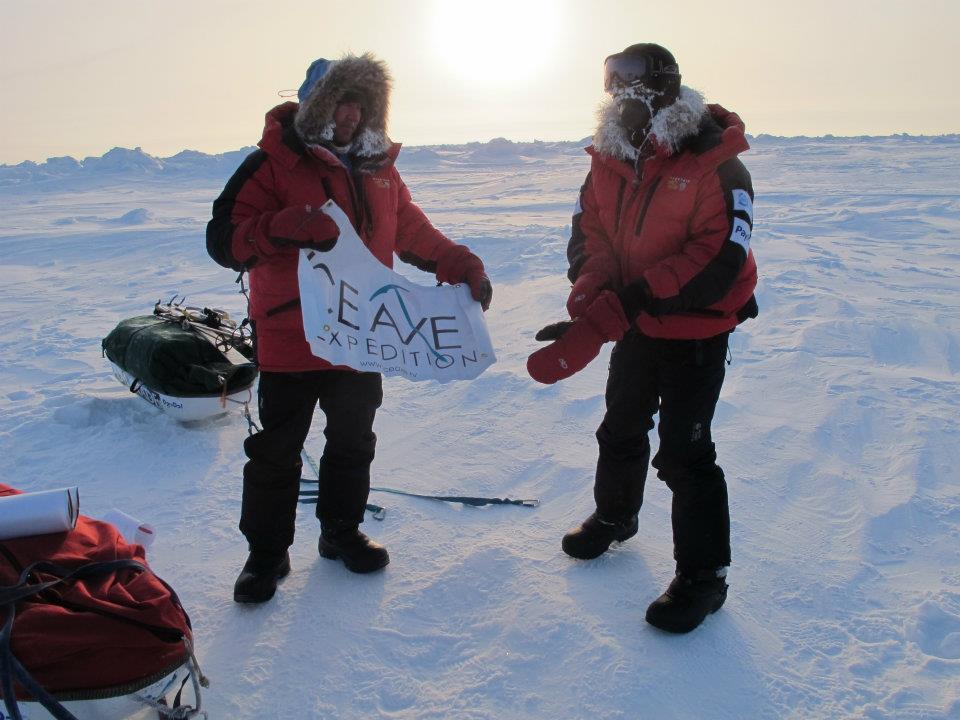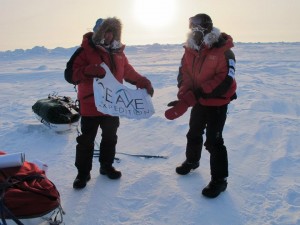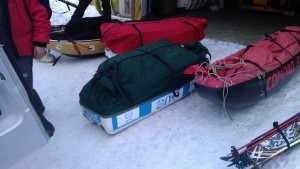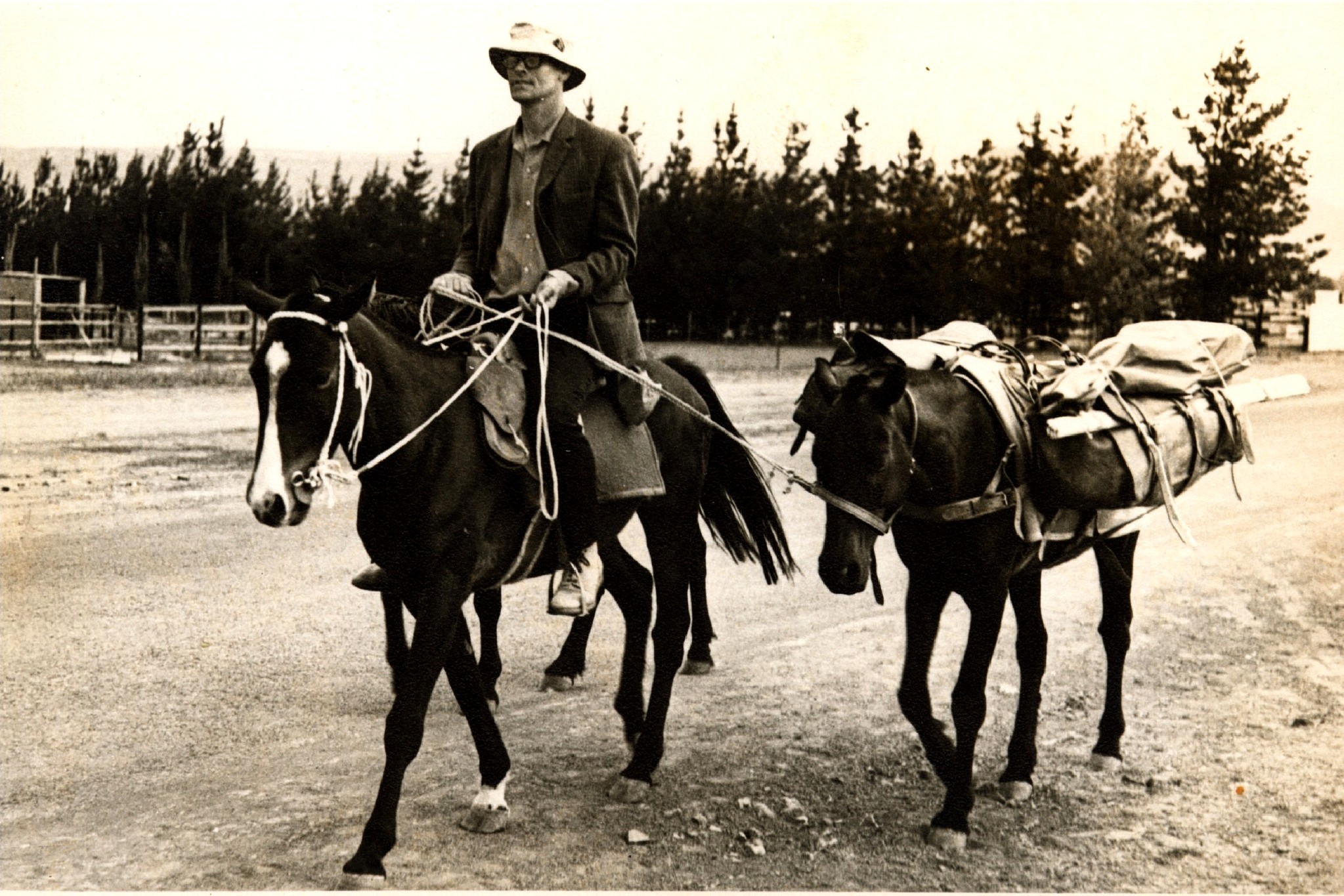One of the most common questions which arrive in my mailbox is:
“It is impossible to get any sponsors. How do I go about it?”
I, and others, have written several articles earlier here, and I just recently wrote this one, but it is a subject which needs more input. One of the most successful explorers today is young Parker Liautaud, who earlier wrote this article for me, and who has a fresh approach on the subject. So I asked him to write this very interesting and helpful article below.
Obtaining Expedition Funding in an Tough Economic Times
by
Parker Liautaud
Acquiring funding for an expedition is often the most challenging aspect of expedition planning, something that many people reading this post will already know. This is by far the most time-consuming and frustrating aspect of an expedition, and often, even funding that seems secure falls through the roof. Moreover, exploration grants are rarely significant enough to cover a sizeable part of an expedition budget – for instance, the biggest grant I could find that would be applicable to an expedition that I am planning for next year covered a mere 2% of its budget.
Most explorers and adventurers have come to the conclusion that the best way to fund expeditions is through corporate sponsorship. This is also that approach I use. However, this in itself is an incredibly difficult task.
I’m 17 years old, and I will be honest in saying that I am not from a deprived background in any sense. In this context, people often make accusations or come to the automatic conclusion that my parents either paid for my expeditions directly or used their contacts to help me. Neither of these are at all true – I have stayed well away from any of that, and I have raised every dime myself, making sure to avoid going through anyone my family knows.
I have had to fund raise hundreds of thousands of dollars to run three North Pole expeditions to date, and in order to do the expeditions I have planned for the next few years, I have to raise about several hundred thousand more in the next three years.
Even though I have far less experience in fundraising than many adventurers out there, I outline below a few points that I have come to realize over the past few years.
Start early.
I can’t stress this point enough. Companies are vastly complex organizations with motives and deadlines that are completely incomprehensible and invisible to the outside individual, and it’s important to be OK with that. If you send in a proposal, it is likely they will only consider serious funding if it is at least 6 months in advance, maybe more. Sometimes, you will have written to them right after they have budgeted for the year, so they won’t consider anything happening in the next 12 months. It happens. In the past few years, there are many occasions when I have left fundraising tasks to the last minute, and I have crashed and burned in several regards because of it.
What do you bring to the table in times of economic despair?
This is a relatively obvious point, but the company needs to have an incentive to sponsor. What is the “hook” of the expedition, in terms of media/press/social media and/or in terms of CSR? I started searching for sponsors for the very first time in late 2009, probably the worst time imaginable in terms of the world economy. It was pointed out to me very early on that sponsorship programs are some of the first to be slashed when budget cuts are made. Marketing potential isn’t enough anymore – but your project may have a hook if it benefits their company directly or it benefits the world directly.
Regardless of how hopeless approaching a particular company or individual may seem, do it anyway.
Some of my biggest sponsorship deals started with me thinking, “I know they won’t sponsor me, but I guess I might as well write to them”. In fact, this is what I was thinking when I wrote to GE, my first sponsor. My personal advice is to never, ever miss an opportunity, even if you don’t know it exists. I write to anyone and everyone I can think of. Even if initially, it seems totally and completely hopeless. FYI, I didn’t have any contacts at GE. I wrote to people I didn’t know at all. In fact, this is pretty much the case with almost all of my deals to date. Going through networking is useful and important, but don’t walk away if you’ve already burned through all your contacts.
If there is initial interest, NEVER take a rejection and walk away.
In my minimal experience, about 75% of my proposals received no reply, 24.5% of my proposals were rejected, 0.499% received an expression of interest and only one or two actually cam through. Maybe this only applies to me, but if I had to guess, I would assume I’m not the only one, because most people don’t have sponsorship agents. The last three sponsorship deals I secured came from companies that were interested but then rejected my proposal, then rejected further proposals for at least a year, time and time again. I made sure I was polite and not excessive, but opportunities came up. The only reason they thought of me was because I kept on getting back to them, letting them know what’s up, thinking of new angles on how it could work for their company, etc.
Be flexible and make sure they know you are.
I try to make sure that companies know that I take pride in providing tailor made solutions to every one of my sponsors. Each company will have different aims and different needs – so I try to make sure they know that I can adapt to what they want from a campaign, as long as it doesn’t interfere with the overall goals of what I am doing.
General initiation, personalized approach.
If I already know the person I am sending a proposal to, I personalize the proposal I am about to send to be specific to their company. This means also adding factors that apply to the right kind of exposure and a campaign that would align with their industry and their audience or customer base. If you are “cold calling” by email, I wouldn’t bother personalizing it because you will likely send out hundreds of them, but once there is interest, I like to make sure I know everything there is to know about their company and industry so that I can create a proposal to fit their needs.
If you’re too firm, you will throw away a deal.
I find that it’s important not to let companies take advantage of me (keeping in mind they know I’m only 17) and make me unfair offers. After all, I have a certain amount to raise and a limited time to raise it in. However, I find it stupid to keep a dollar amount firm in my head and be completely unyielding. The truth is that for expedition sponsorship, pretty much everything you are offering them is free for you (logos on equipment, social media, speeches, press, etc.). So, for me, I will make sure that I come to an agreement that is fair. If the amount is low, it’s a shame for me but it’s still expedition money. If another company then offers more money, then I can replace the sponsor that pushed down their own amount, but I never want to waste an opportunity.
These are just a few points that I have picked up over the last couple of years. As I said, many people reading this will have far more experience than me. Fundraising will get easier as exposure grows and you do more expeditions. It’s just important to keep in mind that the beginning will be very hard, but not to let that deter you.
Thanks for reading!
Parker Liautaud is an exceptional young explorer with a new fresh outlook on the world of adventure and exploration.








Hey man, its cool that you took the time to write this ( one error at “cam” it should be “came” . I’m also 17 and its just awsome to see what people can do. Good luck!
Thanks for sharing, it truly is a really informative publish and very helpful for some kind of businesses like mine. I like when I’m looking the world wide web and i come across a site with valuable points like this. Thanks lots for the research, We’ve noted a number of them here so I can use them in a future. Kudos for you and keep up the good blogging perform.
Parker’s advice is very wise, mature and balanced. He is quite prescient in his insights and understands the importance of building relationships and taking endless pains to get the sponsor’s bigger picture, in terms of changing times and emergent opportunities. I value what he says because, having raised a couple of million dollars (today’s value) for an expedition, pioneered executive adventure expeditions (big bucks for short trips) and, in the commercial world, coached around $100 million worth of live business pitches, I believe Parker is on the money here. We know what we need, but do we understand what the sponsor really needs? In fact, despite economic downturns, I think values-based sponsorship, through expeditions, is probably vastly underestimated and could be a much greater source of funds than currently realised. I have often heard potential sponsors say of adventurous types seeking sponsorship: ‘If only they considered the needs of my business, instead of just their own’. But honestly, without a lot of business experience, how can adventurers be expected to know these things? So, well done Parker for opening up this topic a little more.